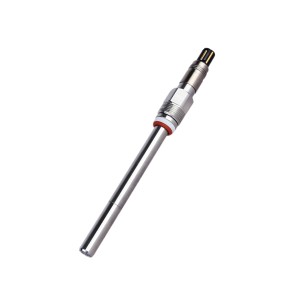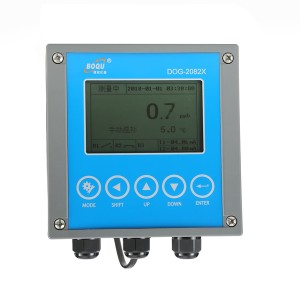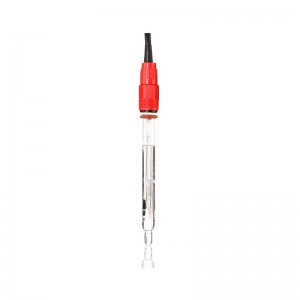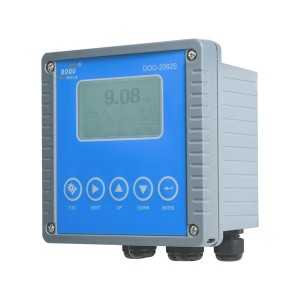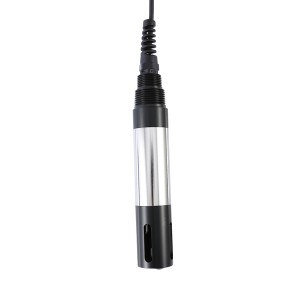Dissolved oxygen electrode characteristics
1. DOG-208FA high temperature fermentation dissolved oxygen electrode applicable for Polarographic Principle
2. With imported breathable membrane heads
3. Steel gauze electrode membrane and silicone rubber
4. Endure high temperature, No deformation characteristics
1. Electrode body material: stainless steel
2. Permeable membrane: fluorine plastic, silicone, stainless steel wire mesh composite membrane.
3. Cathode: platinum wire
4. Anode: silver
5. Electrodes built-in temperature sensor: PT1000
6. The response current in the air: About 60nA
7. The response current in a nitrogen atmosphere: less than one percent response current of response in air.
8. Electrode response time: about 60 seconds (up 95% response)
9. Electrode Response Stability: a constant oxygen partial pressure at a constant temperature environment, response current drift less than 3% per week
10. Liquid mixing flow to the electrode response: 3% or less (in water at room temperature)
11. Electrode Response Temperature Coefficient: 3% (greenhouse)
12. Insert the electrode diameter: 12 mm, 19 mm, 25 mm optional
13. Electrode insertion length: 80,150, 200, 250,300 mm
Dissolved oxygen is a measure of the amount of gaseous oxygen contained in water. Healthy waters that can support life must contain dissolved oxygen (DO).
Dissolved Oxygen enters water by:
direct absorption from the atmosphere.
rapid movement from winds, waves, currents or mechanical aeration.
aquatic plant life photosynthesis as a by-product of the process.
Measuring dissolved oxygen in water and treatment to maintain proper DO levels, are crucial functions in a variety of water treatment applications. While dissolved oxygen is necessary to support life and treatment processes, it can also be detrimental, causing oxidation that damages equipment and compromises product. Dissolved oxygen affects:
Quality: The DO concentration determines the quality of source water. Without enough DO, water turns foul and unhealthy affecting the quality of the environment, drinking water and other products.
Regulatory Compliance: To comply with regulations, waste water often needs to have certain concentrations of DO before it can be discharged into a stream, lake, river or waterway. Healthy waters that can support life must contain dissolved oxygen.
Process Control: DO levels are critical to control biological treatment of waste water, as well as the biofiltration phase of drinking water production. In some industrial applications (e.g. power production) any DO is detrimental for steam generation and must be removed and its concentrations must be tightly controlled.



